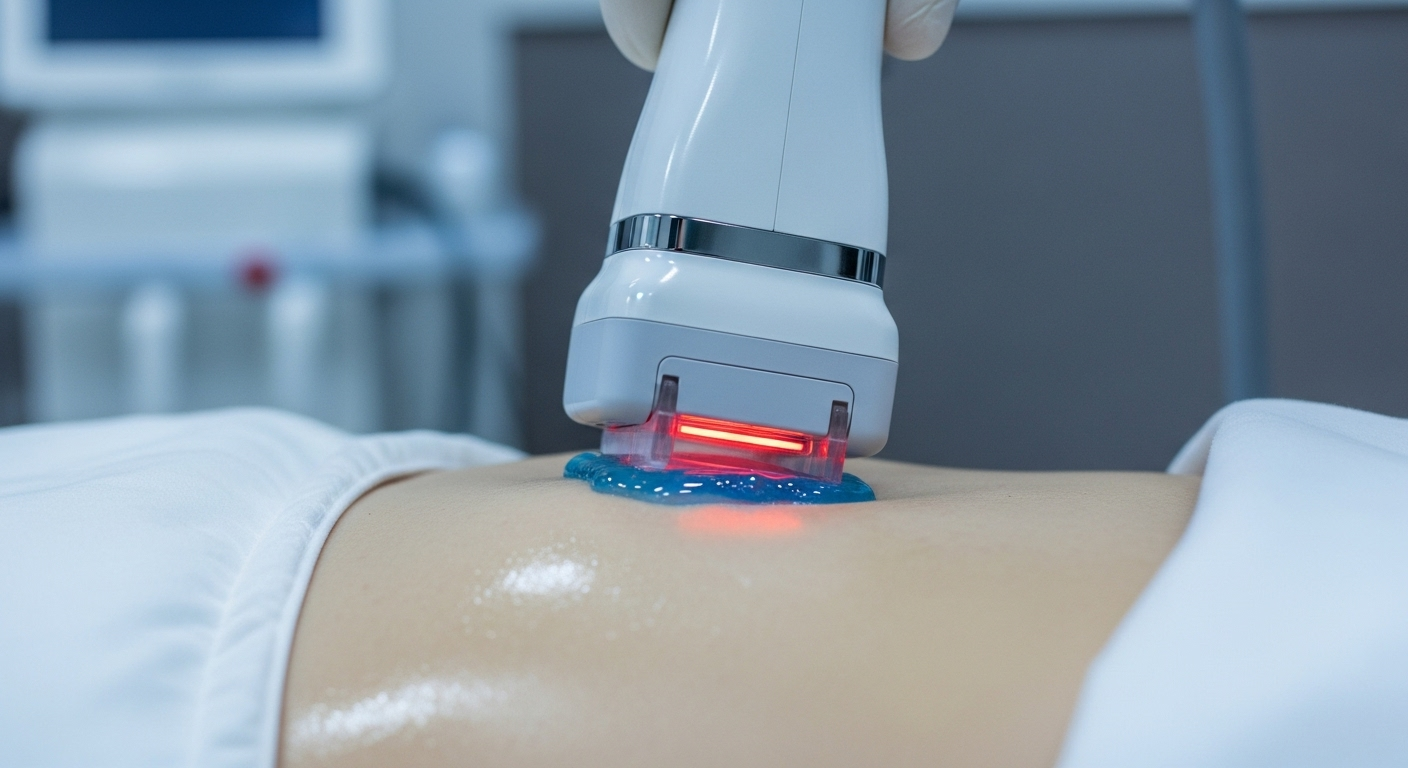Rejuvenate Your Eyes: Discover the Benefits of Laser Surgery for Under Eye Bags in 2025
Laser surgery for under eye bags is gaining popularity as a minimally invasive solution to combat visible signs of aging. This advanced technique not only reduces puffiness but also enhances skin texture, making it an ideal alternative to traditional blepharoplasty. With a quicker recovery time and reduced risk of complications, many individuals are turning to laser treatments for rejuvenation. For those seeking effective eye enhancement, laser surgery for under eye bags offers a promising option worth considering in 2025.

The delicate skin around our eyes is often the first to show signs of aging, stress, and fatigue. Under-eye bags develop due to various factors including genetics, aging, fluid retention, and lifestyle choices. While these puffy areas beneath the eyes are typically harmless, they can significantly impact how others perceive us and how we feel about ourselves. Modern laser technology has transformed the landscape of cosmetic treatments, offering innovative solutions that were unimaginable just a few years ago.
Understanding Laser Surgery for Under Eye Bags
Laser surgery for under-eye bags utilizes focused light energy to target specific tissues beneath the skin. This advanced technology works by stimulating collagen production, tightening loose skin, and reducing the appearance of puffiness. The procedure involves using fractional lasers or CO2 lasers that create controlled micro-injuries in the skin, promoting natural healing and regeneration. Unlike traditional surgical methods, laser treatments can be customized to address individual concerns while preserving the natural contours of the eye area.
The laser energy penetrates deep into the dermal layers, breaking down damaged tissue and encouraging the formation of new, healthier skin cells. This process gradually reduces the volume of under-eye bags while improving skin texture and tone. The precision of laser technology allows practitioners to target specific areas without affecting surrounding healthy tissue, resulting in more predictable and natural-looking outcomes.
Non-Surgical Under Eye Rejuvenation Options
Beyond laser surgery, several non-invasive alternatives exist for addressing under-eye concerns. Injectable treatments such as hyaluronic acid fillers can temporarily plump the area and reduce the appearance of hollowing that often accompanies under-eye bags. Radiofrequency treatments use heat energy to stimulate collagen production and tighten skin without breaking the surface.
Ultrasound therapy represents another non-surgical option, delivering focused energy to deeper tissue layers to promote lifting and tightening. Chemical peels specifically formulated for the delicate eye area can improve skin texture and reduce fine lines. Cryotherapy treatments use controlled cooling to reduce puffiness and inflammation. Each of these alternatives offers different benefits and recovery timelines, allowing individuals to choose the approach that best fits their lifestyle and aesthetic goals.
Laser Eye Bag Removal Procedure Details
The laser eye bag removal procedure typically begins with a comprehensive consultation to assess skin condition, discuss expectations, and determine the most appropriate treatment approach. On the day of treatment, the eye area is thoroughly cleansed and a topical anesthetic may be applied to ensure comfort throughout the procedure.
During the actual treatment, the practitioner uses a specialized laser device to deliver controlled energy pulses to the targeted areas. The procedure usually takes 30 to 60 minutes, depending on the extent of treatment required. Patients may experience mild warming or tingling sensations as the laser works to stimulate tissue regeneration. Most individuals can return to normal activities within a few days, though complete healing and optimal results typically develop over several weeks to months as new collagen forms and skin naturally tightens.
Blepharoplasty Alternatives and Modern Options
Traditional blepharoplasty involves surgical removal of excess skin and fat from the eyelids, requiring incisions and a more extensive recovery period. Modern laser alternatives offer several advantages over conventional surgery, including reduced risk of scarring, shorter recovery times, and the ability to perform treatments in an office setting rather than a surgical facility.
Plasma pen treatments use ionized gas to create controlled damage that stimulates skin tightening. Thread lifts involve inserting dissolvable threads beneath the skin to provide immediate lifting effects. Combination therapies that integrate multiple technologies can address various aspects of eye aging simultaneously. These alternatives appeal to individuals seeking improvement without the commitment and risks associated with traditional surgical procedures.
The cost of laser eye bag treatments varies significantly based on geographic location, practitioner experience, and treatment complexity. Generally, single laser sessions range from $500 to $2,000, with most patients requiring multiple treatments for optimal results. Comprehensive treatment packages typically cost between $2,000 and $6,000.
| Treatment Type | Provider Example | Average Cost Range |
|---|---|---|
| Fractional Laser | Dermatology clinics | $800-$1,500 per session |
| CO2 Laser Resurfacing | Plastic surgery centers | $1,200-$3,000 per session |
| Combination Therapy | Medical spas | $1,500-$4,000 per package |
| Maintenance Sessions | Various providers | $400-$800 per session |
Prices, rates, or cost estimates mentioned in this article are based on the latest available information but may change over time. Independent research is advised before making financial decisions.
Recovery and Long-Term Results
Recovery from laser eye bag treatments is generally straightforward, with most patients experiencing mild swelling and redness that subsides within a few days. Proper aftercare includes avoiding sun exposure, using gentle skincare products, and following specific post-treatment instructions provided by the practitioner.
Results from laser treatments develop gradually as the skin’s natural healing processes take effect. Initial improvements may be visible within two to four weeks, with continued enhancement occurring over three to six months. The longevity of results varies among individuals but typically lasts two to five years, depending on factors such as age, skin condition, and lifestyle habits. Many patients choose to undergo periodic maintenance treatments to preserve their results and address ongoing aging processes.
This article is for informational purposes only and should not be considered medical advice. Please consult a qualified healthcare professional for personalized guidance and treatment.



